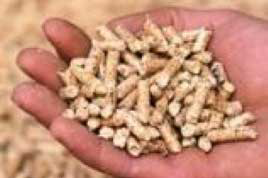Russia to control quality of compound feed

Russian veterinary watchdog Rosselkhoznadzor will soon start using the method of scanning electron microscopy during the state control and monitoring of the quality of compound feed production in order to test the presence of dairy ingredients and DNA of ruminants, reported in a message from the veterinary service.
The decision was taken based on the request of Biotechnology Department of the Russian State Centre for Quality and Standardisation of Animal Drugs and Feed. Market participants consider it as an important step in terms of controlling of the quality of compound feed products, and especially quality of imported compound feed.
For inspections of compound feed, Russia will now use scanning electron microscopy Tescan Vega equipped with the system TescanIn-FlightBeamTracing.
“Scanning Electron Microscope Tescan Vega with a resolution of up to 3 nm provides multiple zoom for studying objects, which allows better testing compared with the use of light microscopes. This technique provides visualisation of a relatively large area from the samples, to investigate its ultrastructure and measure the fundamental properties of the material, “stated the official statement.
According to the experts, firstly, this decision was taken in view of multiple detections of ruminant DNA in batches of feed imported into Russia. This could pose a treat that feed may be contaminated with the agents of Spongiform Encephalopathy or Shmallenberg virus, especially if this feed is imported from the EU. Such is a threat observed, according to specialists even though the import of protein feed from Europe to Russia currently is banned.







